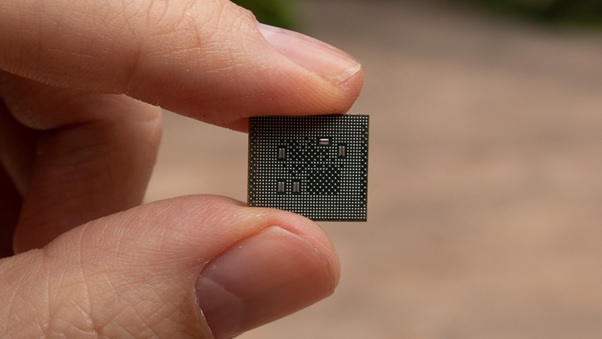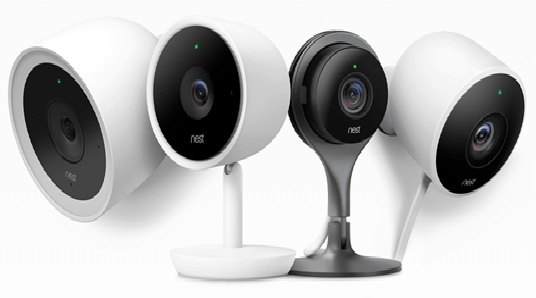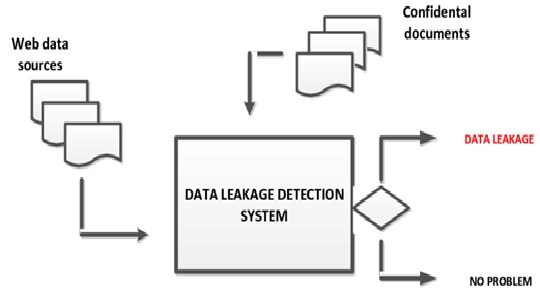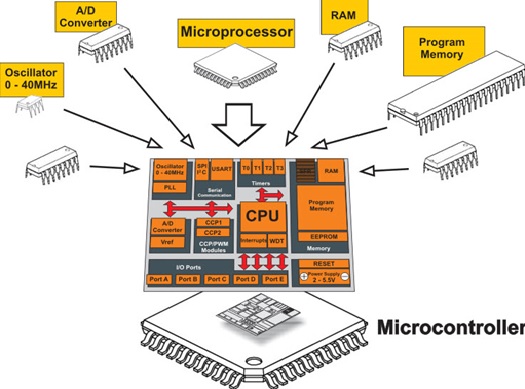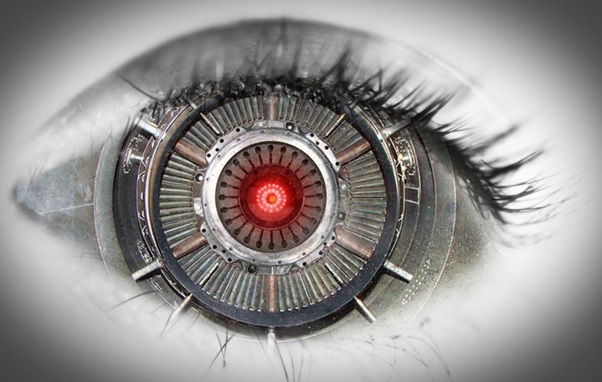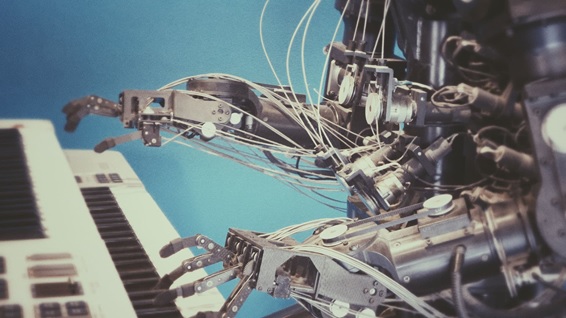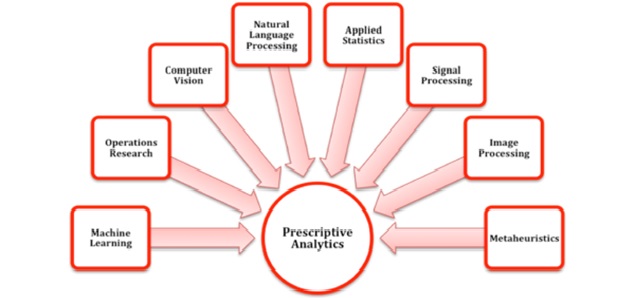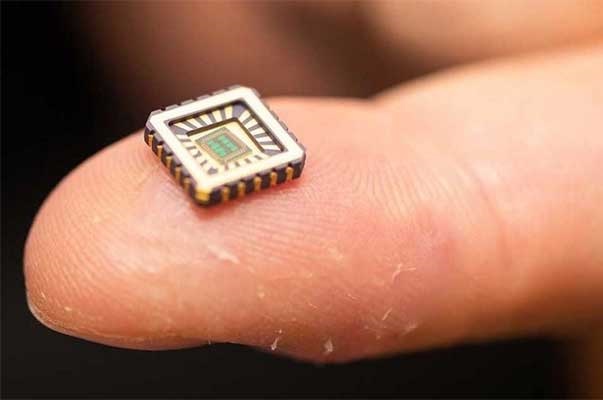An Overview of Artificial Eye
What Is an Artificial Eye?
An artificial eye is a technological device designed to restore or enhance vision in individuals who are blind or visually impaired. Unlike cosmetic prosthetic eyes that only replace the appearance of a real eye, a bionic or electronic artificial eye aims to replicate some functions of natural vision by stimulating parts of the visual system, such as the retina or brain.
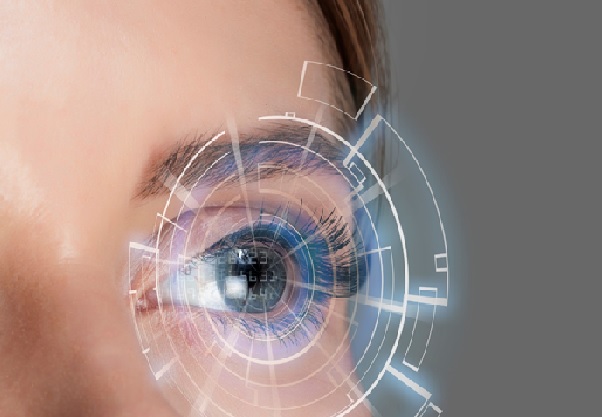
Figure 1. Inside the World of Artificial Eyes
There are two major types:
- Retinal implants – placed on or inside the retina Figure 1 shows Inside the World of Artificial Eyes
- Cortical implants – directly stimulate the visual cortex of the brain
How Does It Work?
Artificial eyes function by converting light into electrical signals, similar to how the natural eye works:
- A camera (often embedded in glasses) captures visual information.
- This information is processed by a computer or microchip, converting it into electrical signals.
- These signals are sent to electrodes implanted in the eye or brain.
- The electrodes stimulate neurons, creating visual sensations (phosphenes), helping the user perceive shapes, motion, or contrast.
Technologies Behind It
Several advanced technologies come together in artificial eyes:
- Microelectronics – for signal processing and stimulation
- Biocompatible materials – to ensure safety inside the body
- Wireless power and data transmission – for freedom and comfort
- Neural interfaces – to communicate with brain or retina cells
- AI & Machine Learning – to improve image recognition and adaptive feedback
Well-known systems include the Argus II retinal implant and IRIS II, though many newer systems are in development.
Challenges and Limitations
Despite progress, artificial eyes face several challenges:
- Limited resolution – Users may only see light, shadows, or outlines.
- Invasive surgery – Implants involve complex, delicate operations.
- Neural adaptation – The brain must learn to interpret new types of visual input.
- Device longevity and maintenance – Components may degrade over time.
- Cost and accessibility – High development and medical costs limit availability.
Future Prospects and Research
The future of artificial eyes is promising:
- Higher resolution implants are being developed for more detailed vision.
- Wireless brain-computer interfaces (BCIs) may eliminate the need for eye implants altogether.
- Gene therapy + bionic hybrid models may offer combined biological and artificial restoration.
- Stem cell integration may enhance regeneration of damaged visual pathways.
- AI vision processors can enable object recognition, face detection, and environmental awareness.
Reference:
- https://journals.lww.com/tnoa/fulltext/2021/59010/bionic_eye__an_iconic_innovation.11.aspx?utm_source=chatgpt.com
Cite this article:
Thanusri swetha J (2021), AI Shopping System, AnaTechMaz, pp. 33


